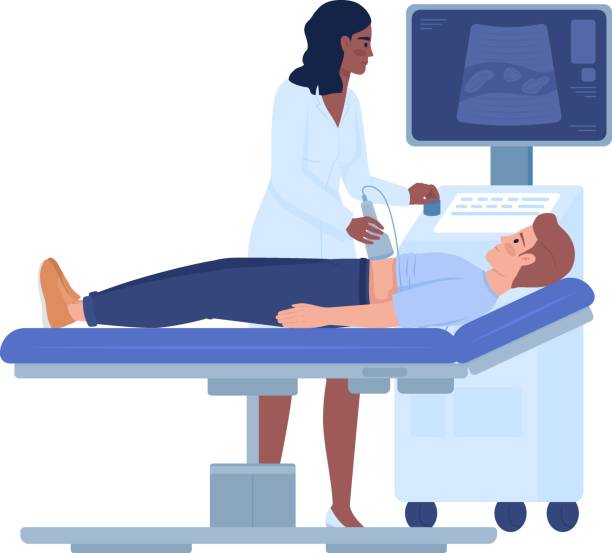
Gallstones - Symptoms and Causes
Gallstones are hard deposits that form in the gallbladder, a small organ located just beneath the liver. The gallbladder stores bile, a digestive fluid produced by the liver that helps in the digestion of fats. Gallstones can vary in size and number, often forming when the chemical composition of bile causes the substances within it to precipitate out and form stones. There are two main types of gallstones:
Types of Gallstones
- Cholesterol Gallstones: These are the most common type, making up about 80% of gallstones. They occur when there is too much cholesterol in the bile. Despite their name, they are not made of pure cholesterol but are mainly composed of undissolved cholesterol, mixed with other substances.
- Pigment Gallstones: These are smaller and darker, formed when the bile contains too much bilirubin, a substance produced by the breakdown of red blood cells. Conditions like liver cirrhosis, biliary tract infections, and certain blood disorders can lead to increased bilirubin levels, contributing to the formation of pigment gallstones.
Causes and Risk Factors
Several factors can increase the risk of gallstones, including:
- Diet: High in cholesterol and fat, low in fiber
- Obesity: Especially in women
- Age: Risk increases with age
- Gender: Women are more likely to develop gallstones than men, partly due to the effects of estrogen
- Family History: A family history of gallstones
- Rapid Weight Loss: Can lead to the formation of gallstones
- Certain Medical Conditions: Such as diabetes, liver disease, and certain blood disorders
Symptoms
Many people with gallstones do not experience any symptoms and may not even know they have them. However, if a gallstone blocks one of the bile ducts, it can cause:
- Sudden and intense pain in the upper right abdomen or the center of the abdomen, below the breastbone
- Back pain between the shoulder blades
- Pain in the right shoulder
- Nausea or vomiting
These symptoms can lead to an episode of gallstone pain, known as biliary colic.
Diagnosis
Gallstones are often discovered during tests for other conditions. When gallstones are suspected, the following diagnostic tools can be used:
- Ultrasound: The most common and effective test for diagnosing gallstones.
- CT Scan: Can show gallstones and complications such as infection and rupture of the gallbladder.
- MRI: Including MRCP (Magnetic Resonance Cholangiopancreatography), can provide detailed images of the bile ducts.
Treatment
The treatment for gallstones depends on whether they are symptomatic. Options include:
- Observation: If gallstones are not causing symptoms, treatment may not be necessary.
- Surgery: A cholecystectomy, or surgical removal of the gallbladder, is the most common treatment for symptomatic gallstones. It’s usually performed laparoscopically, known as a laparoscopic cholecystectomy.
- Medications: Oral medications can sometimes dissolve cholesterol gallstones, but this treatment is less common and less effective than surgery.
Prevention
Preventing gallstones involves maintaining a healthy lifestyle, such as:
- Diet: Eating a balanced diet rich in fiber, fruits, and vegetables while reducing the intake of fats and cholesterol.
- Weight Management: Maintaining a healthy weight through diet and exercise, and avoiding rapid weight loss.
- Regular Physical Activity: Regular exercise helps manage weight and may reduce the risk of gallstones.
To book online select the date and time that suits you best – alternatively, please contact us with any questions via the chat, call or email links provided.
Telephone: 020 7101 3377

